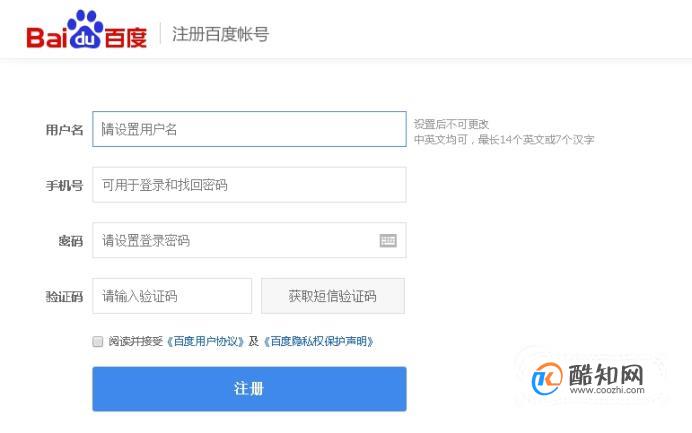这是一个基本的注册和登录页面的HTML代码示例。请注意,这只是一个基本的模板,您可能需要根据您的实际需求进行修改和扩展。此外,为了安全起见,您应该使用服务器端验证和数据库存储用户凭据,而不是在前端存储密码等敏感信息。

这是一个简单的注册和登录页面的HTML代码:
<!DOCTYPE html>
<html>
<head>
<title>注册与登录页面</title>
<style>
</style>
</head>
<body>
<div id="login">
<h2>登录</h2>
<form action="/login" method="post">
<input type="text" name="username" placeholder="用户名" required><br>
<input type="password" name="password" placeholder="密码" required><br>
<input type="submit" value="登录">
</form>
</div>
<div id="register">
<h2>注册</h2>
<form action="/register" method="post">
<input type="text" name="username" placeholder="用户名" required><br>
<input type="password" name="password" placeholder="密码" required><br>
<input type="password" name="confirm_password" placeholder="确认密码" required><br>
<!-- 可以添加更多字段如邮箱等 -->
<input type="submit" value="注册">
</form>
</div>
</body>
</html>在这个例子中,我们创建了两个表单,一个用于登录,一个用于注册,每个表单都有一个提交按钮,当用户点击提交按钮时,表单数据将被发送到服务器上的/login或/register路径进行处理,这只是一个基本的示例,实际的实现可能需要更复杂的逻辑和验证,你可能需要添加客户端的JavaScript验证,以及服务器端的验证和错误处理,密码应该被安全地存储和传输,通常使用哈希加密等方法。






